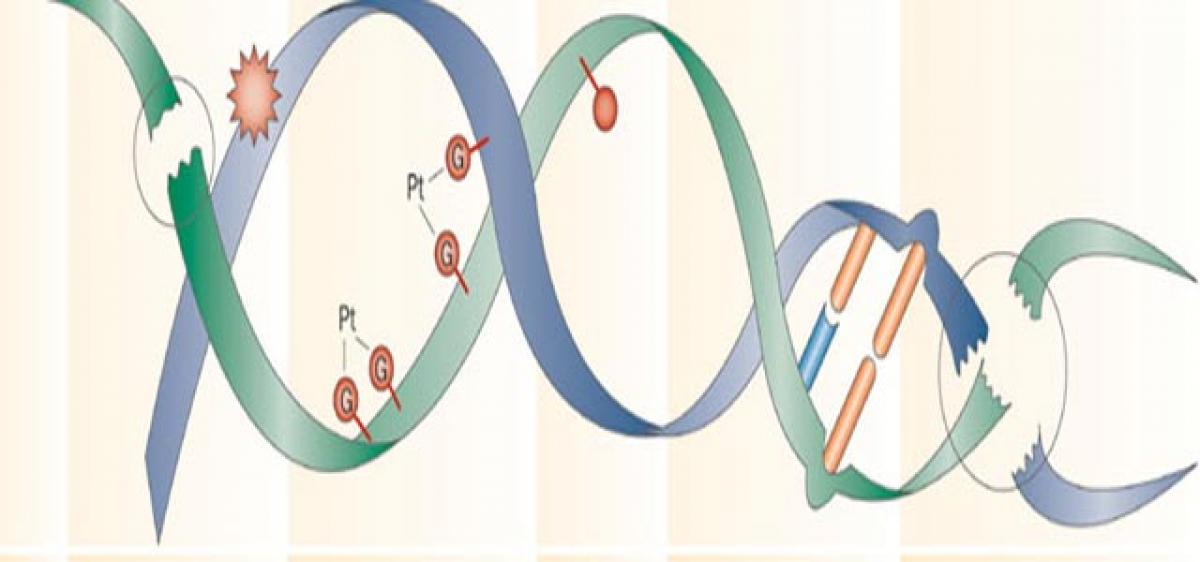Just In
Error in DNA repair process may lead to neuro-degenerative disorders


A process for repairing DNA breaks has been implicated as a possible explanation for the occurrence of a genetic error that causes over a dozen neuromuscular and neuro degenerative disorders, including Huntington’s disease, myotonic dystrophy and forms of spinocerebellar ataxia.
A process for repairing DNA breaks has been implicated as a possible explanation for the occurrence of a genetic error that causes over a dozen neuromuscular and neuro degenerative disorders, including Huntington’s disease, myotonic dystrophy and forms of spinocerebellar ataxia.
The error occurs as copies of three-letter sequences of DNA known as CAG and CTG triplets expand and repeat themselves hundreds or even thousands of times, disrupting normal gene sequences.
Genetic analyses in baker’s yeast now reveal that these large-scale expansions are controlled by genes that govern the process for repairing DNA breaks, leading the researchers to surmise that the expansions occur while breaks are being healed. Baker’s yeast, known as Saccharomyces cerevisiae, is frequently used in scientific research.
The findings are published in Nature Structural & Molecular Biology. “We think these large-scale repeat expansions could occur in a single step,” said Sergei Mirkin, Ph.D., White Family Chair in Biology at Tufts School of Arts and Sciences and corresponding author on the paper.
“The DNA replication machinery stalls within those repeats, which ultimately results in the formation of DNA breaks. To heal those breaks, cells seem to involve a special path of repair, called break-induced replication, which sacrifices the fidelity of DNA synthesis for the sake of a quick fix. As a result, large numbers of extra repeats can be added while the break is healed.”
Previous studies have identified certain mutations in DNA replication machinery that account for small-scale repeat expansions in which only a few extra repeats are added, but the cause of rapid accumulation of hundreds of repeats has remained unclear until now.
To detect and analyze large-scale expansions of CAG and CTG repeats, Mirkin and his colleagues developed an experimental system in yeast that observed simultaneous additions of more than 100 triplets, a first for such systems. This observation is similar to what happens in human disease.

© 2024 Hyderabad Media House Limited/The Hans India. All rights reserved. Powered by hocalwire.com






